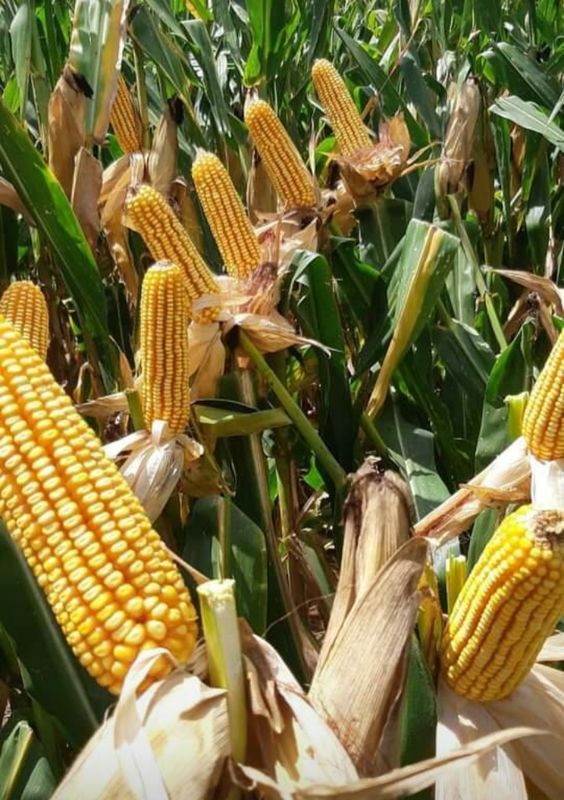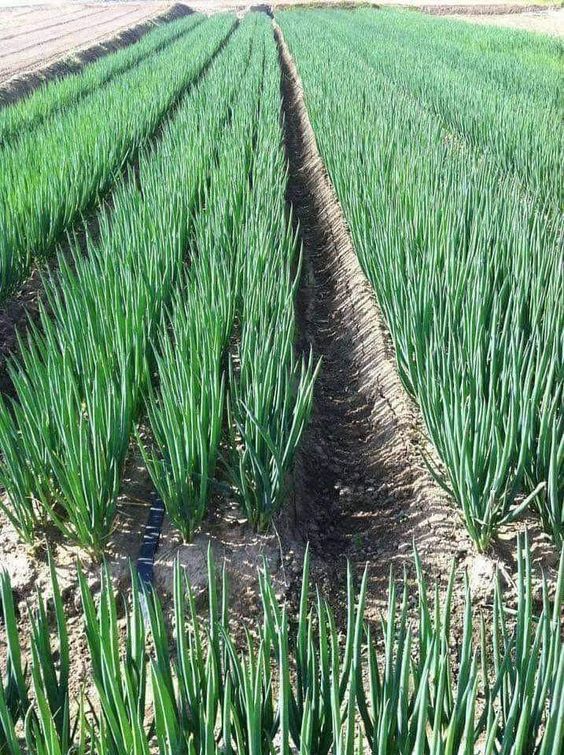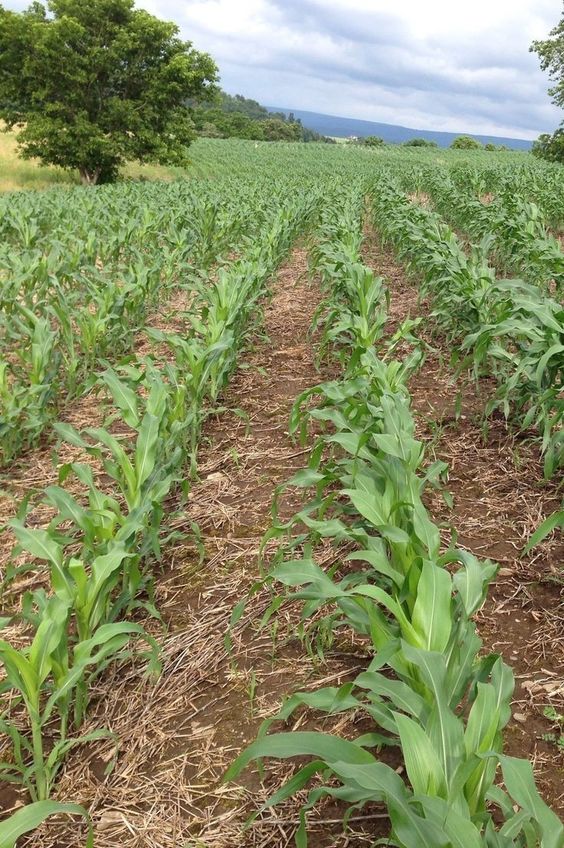Cultivating Sustainability: How Agricultural Environmental Indicators Guide Smart Farming Practices
Agricultural Environmental Indicators sector faces a critical challenge: producing enough food to feed a growing global population while minimizing its environmental impact. Smart agriculture, with its integration of technology and data-driven practices, offers a path towards achieving this goal. However, measuring progress and ensuring true sustainability requires a robust system of agricultural environmental indicators (AEIs).
Contents
- 1 Introduction Agricultural Environmental Indicators:
- 2 The Role of Agricultural Environmental Indicators:
- 3 Key Categories of AEIs:
- 4 Benefits of Utilizing AEIs:
- 5 Challenges and Considerations Agricultural Environmental Indicators:
- 6 The Future of Smart Agriculture with AEIs:
- 7 Conclusion Agricultural Environmental Indicators:
Introduction Agricultural Environmental Indicators:
Modern agriculture is a complex dance between productivity and environmental responsibility. Intensive farming methods have undeniably increased yields, but often at the cost of soil degradation, water pollution, and greenhouse gas emissions. Here’s where smart agriculture steps in. By leveraging technologies like precision agriculture, Internet of Things (IoT) sensors, and big data analysis, farmers can optimize resource use, minimize waste, and make informed decisions that benefit both their crops and the environment.
The Role of Agricultural Environmental Indicators:
AEIs act as a compass, guiding farmers and policymakers towards sustainable practices. These indicators are quantifiable measurements that track the environmental impact of agricultural activities. By monitoring AEIs, stakeholders can assess progress, identify areas for improvement, and refine smart agriculture strategies.
Key Categories of AEIs:
AEIs encompass a broad spectrum of environmental concerns. Here are some key categories to consider:
- Soil Health: Soil organic matter content, soil erosion rates, and soil salinity levels provide valuable insights into soil health, a critical foundation for sustainable agriculture.
- Water Quality: Monitoring water nitrate levels, water use efficiency, and aquatic biodiversity helps ensure the protection of this vital resource.
- Air Quality: Tracking ammonia emissions, greenhouse gas emissions (especially nitrous oxide), and dust generation allows farmers to minimize their contribution to air pollution.
- Biodiversity: Farmland bird index, pollinator population trends, and habitat diversity indicators assess the impact of agricultural practices on the broader ecosystem.
- Resource Management: Indicators like energy use per unit of production, fertilizer application rates, and water withdrawal for irrigation help optimize resource utilization and reduce environmental footprints.
Benefits of Utilizing AEIs:
Integrating AEIs into smart agriculture practices offers a range of benefits:
- Improved Decision-Making: Data-driven insights from AEIs allow farmers to make informed decisions regarding resource allocation, crop management practices, and technology adoption.
- Enhanced Sustainability: By identifying areas needing improvement, farmers can adapt their practices to minimize environmental impact and promote long-term agricultural sustainability.
- Policy Development: AEIs provide valuable data for policymakers to design effective agricultural policies that incentivize sustainable practices and support environmentally responsible agriculture.
- Market Access: Consumers increasingly prioritize sustainability. Monitoring and reporting AEIs can help farmers demonstrate the environmental responsibility of their practices, potentially opening doors to premium markets.
Challenges and Considerations Agricultural Environmental Indicators:
Despite the undeniable benefits, implementing AEIs comes with some challenges:
- Data Collection: Gathering reliable and comprehensive environmental data can be costly and time-consuming, especially for small-scale farmers.
- Standardization: Without standardized methodologies for measuring and reporting AEIs, comparisons across farms and regions become difficult.
- Capacity Building: Farmers may require training and support to fully understand and utilize AEIs effectively in their decision-making processes.
The Future of Smart Agriculture with AEIs:
Technological advancements offer promising solutions to address these challenges. Cloud-based data platforms can streamline data collection and analysis. Affordable sensor technologies can facilitate real-time monitoring of environmental parameters. Capacity building programs can equip farmers with the knowledge and skills to leverage AEIs for their benefit.
Conclusion Agricultural Environmental Indicators:
Agricultural environmental indicators are a cornerstone of smart agriculture. By providing a comprehensive picture of the environmental impact of agricultural practices, AEIs empower farmers, policymakers, and consumers to work together towards a more sustainable future for agriculture. By embracing AEIs, the agricultural sector can navigate the path towards increased productivity while becoming a responsible steward of our environment.
This article provides a foundational understanding of AEIs and their role in smart agriculture. As the field evolves, so too will the types and applications of AEIs. Continuous research, collaboration, and innovation are crucial to ensure that AEIs remain a powerful tool for guiding smart agriculture practices towards a truly sustainable future.




